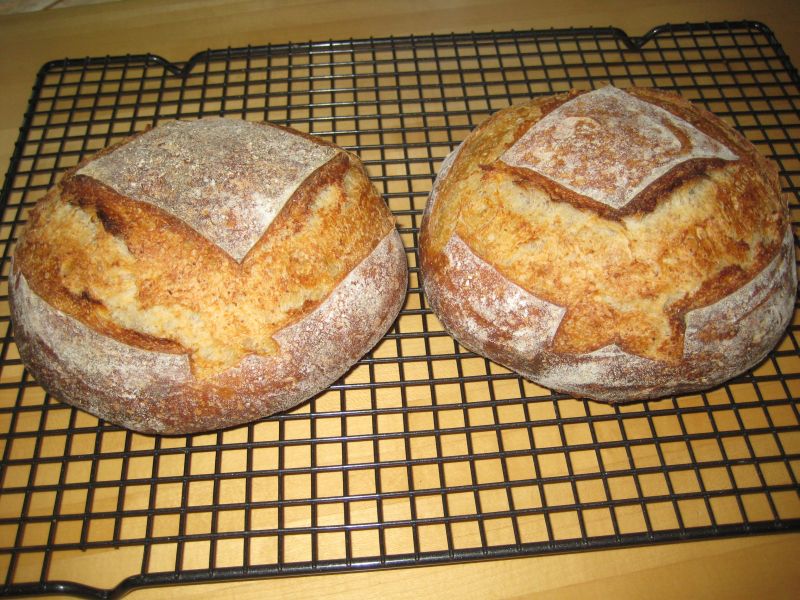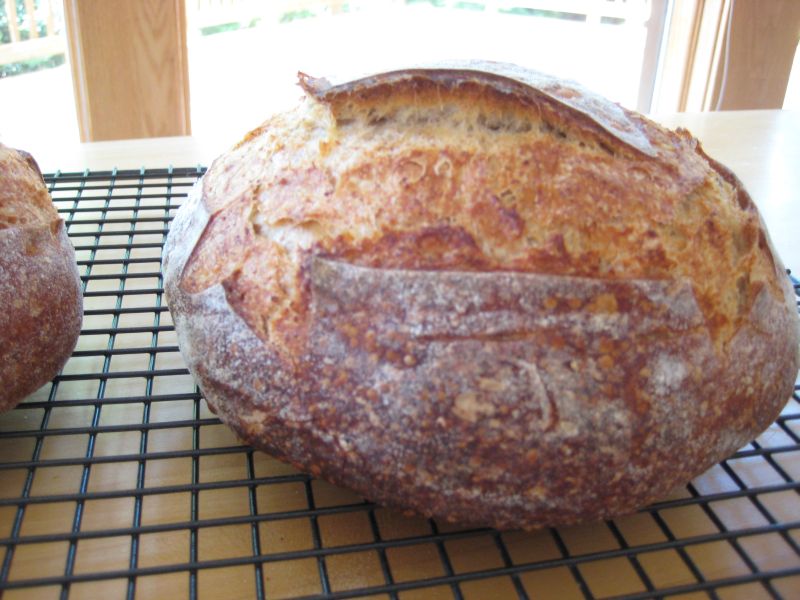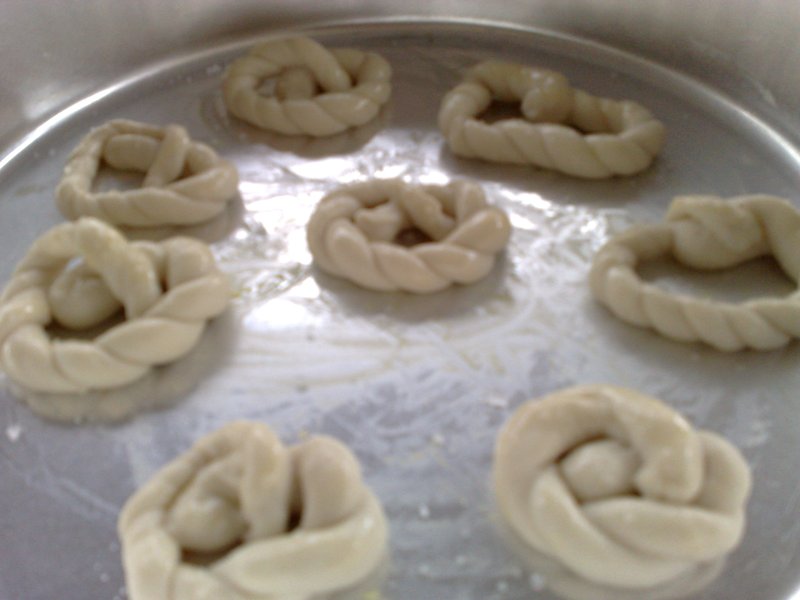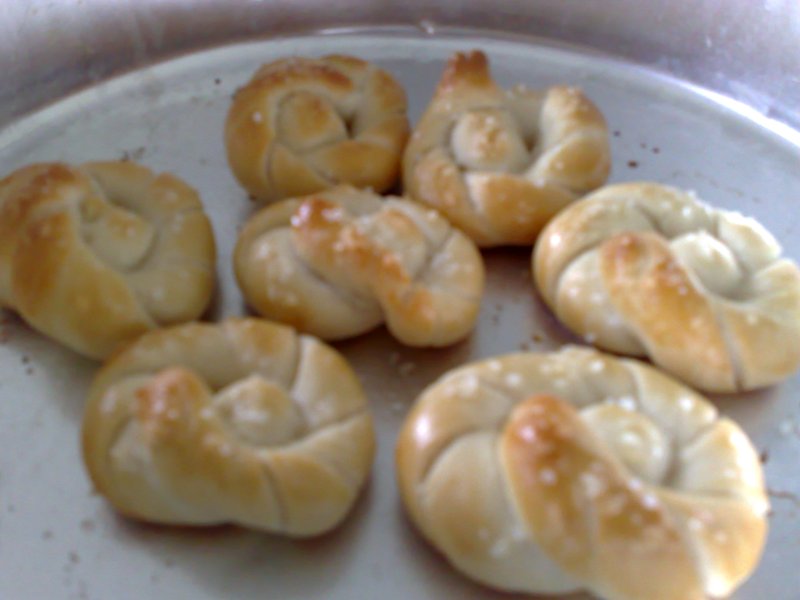working through our first year
This past week was the first anniversary of our bakery's opening. Of course this wouldn't have been possible without the help of a few people. Here they are in order of appearance:

This is Mom about to sample a bear claw or two fresh out of the oven. She's come out a couple of times to help us with both special events and our busy farmers' market season. We must be doing something right if she keeps coming back.
- Log in or register to post comments
- 13 comments
- View post
- mcs's Blog




